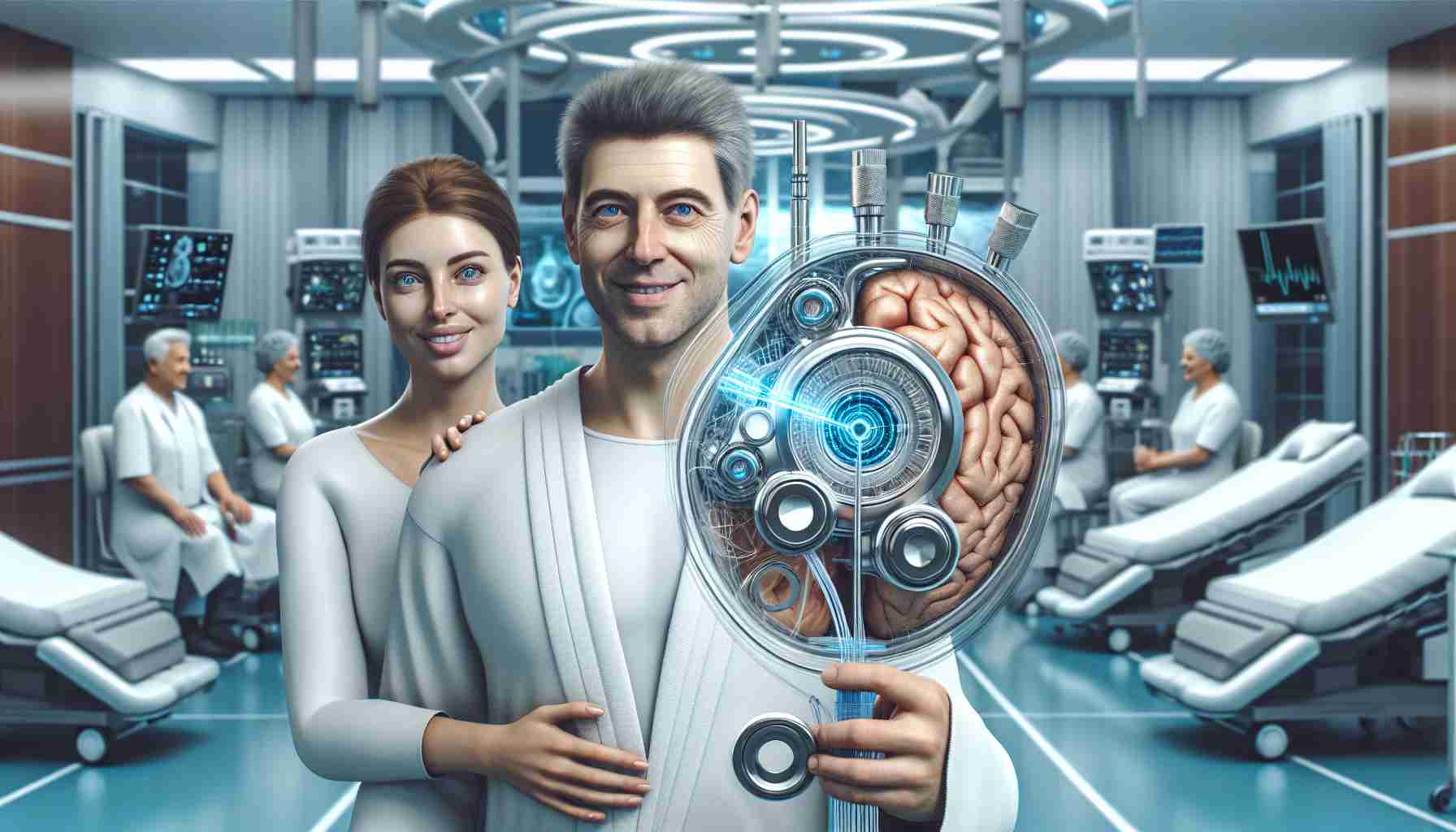Reimagining Balance Disorder Management with Advanced Technology
Balance disorders once considered life-long afflictions, particularly common among the elderly, have seen a new dawn of treatment possibilities. Tran Thi Thuy Hang, an experienced otolaryngologist, has relayed transformative developments in the management of benign paroxysmal positional vertigo (BPPV) – a condition that can severely disrupt an individual’s equilibrium.
BPPV, a peripheral vestibular disorder, arises from misplacements of ear crystals, known as otoconia. This displacement can cause dizziness, nausea, and imbalance due to disrupted sensory information to the brain. Traditionally, diagnosis relied heavily on repeated clinical examinations, which were prone to error and missed detections, forcing patients into costly and extensive treatment plans.
At the forefront of medical innovation, a new vestibular function assessment system, featuring the cutting-edge combination of Interacoustics technology and Video Nystagmography (VNG) with AI analysis, is now available exclusively at Tâm Anh General Hospital in Ho Chi Minh City. This integrated system has shown remarkable results, diagnosing and effectively treating patients within weeks. The AI-supported software comes pre-programmed with 18 diverse testing methods, capable of pinpointing the cause of vestibular dysfunction in a single session.
Personal stories like that of a 60-year-old patient, who faced persistent dizziness and related symptoms without relief from medication, underscore the system’s effectiveness. With specialized glasses equipped with cameras to track eye movements, experts were able to ascertain and treat the peripheral vestibular disorder successfully, leading to marked improvement in balance and nearly complete symptom resolution after just two sessions.
This narrative is echoed in the story of another patient, aged 65, who experienced dizziness and a fear of walking. Thanks to the new diagnostic machine, she too saw significant improvement in her condition post-treatment.
Hang emphasizes that proper diagnosis and appropriate treatment can not only treat vestibular disorders but also minimize the risk of recurrence and long-term complications. She advises patients against abrupt posture changes and cautions against unsupervised medication or therapy discontinuation. Regular vestibular rehabilitation exercises, as prescribed by a physician, are essential for recovery and maintaining balance.
Understanding the Implications of Advanced Vestibular Treatment
Vestibular disorders, including benign paroxysmal positional vertigo (BPPV), affect numerous individuals globally. These disorders can hinder daily functioning due to symptoms such as dizziness, nausea, and imbalance. The advent of advanced vestibular function assessment systems integrating technologies like Video Nystagmography (VNG) and Artificial Intelligence (AI) brings forth new hope for accurate diagnoses and improved treatment outcomes.
Key Questions and Answers about Advanced Vestibular Treatment:
1. What are the common causes and symptoms of vestibular disorders?
Vestibular disorders can be caused by inner ear problems, head injuries, infections, or aging. Symptoms often include dizziness, imbalance, vertigo, and nausea.
2. How does the new vestibular treatment differ from previous methods?
Previously, diagnosing vestibular disorders was based mainly on clinical examinations, which could lead to errors and missed detections. The new treatment uses advanced technology like VNG with AI to accurately diagnose the specific cause of vestibular dysfunction in one session.
3. What are the advantages of this new treatment approach?
The advantages include faster and more accurate diagnoses, non-invasive treatment, reduced healthcare costs due to quicker resolution, and decreased chances of recurrence with proper care.
Challenges and Controversies:
One challenge is the adoption of this new technology across healthcare facilities globally due to cost and required expertise. Another concern is ensuring healthcare providers are trained adequately to utilize this technology effectively.
Advantages and Disadvantages:
Advantages:
– Improved diagnostic accuracy
– Individualized treatment plans
– Faster recovery times
– Reduced likelihood of symptom recurrence
Disadvantages:
– Potential high cost of equipment and implementation
– Limited access in underserved regions
– Need for specialized training for healthcare providers
Dr. Hang’s insights reiterate the importance of proper care post-diagnosis, including the avoidance of abrupt posture changes and adherence to physician-prescribed vestibular rehabilitation exercises to maximize recovery and minimize recurrence risks.
For those seeking additional information on vestibular disorders and treatments, reputable medical health domains can be a valuable resource. Please visit Mayo Clinic or World Health Organization (WHO) for further reading. These platforms provide comprehensive health-related content, though it is always best to consult with a healthcare professional for personalized medical advice.

